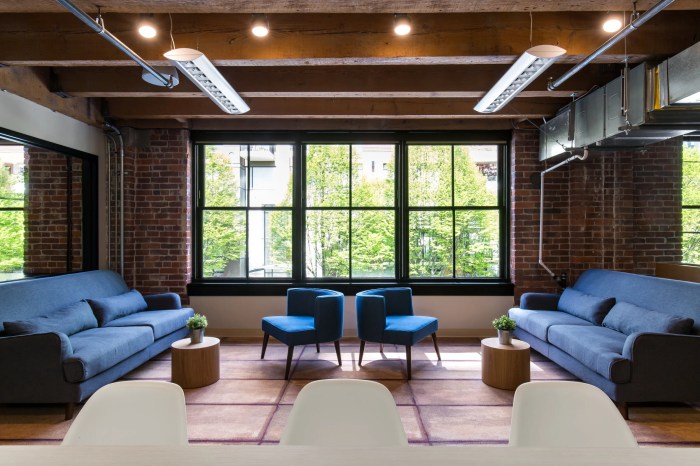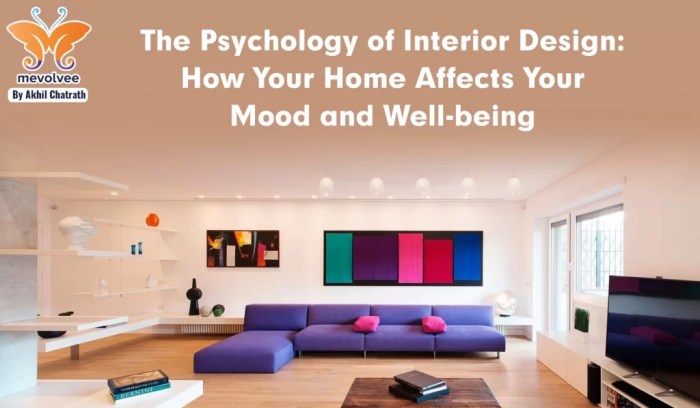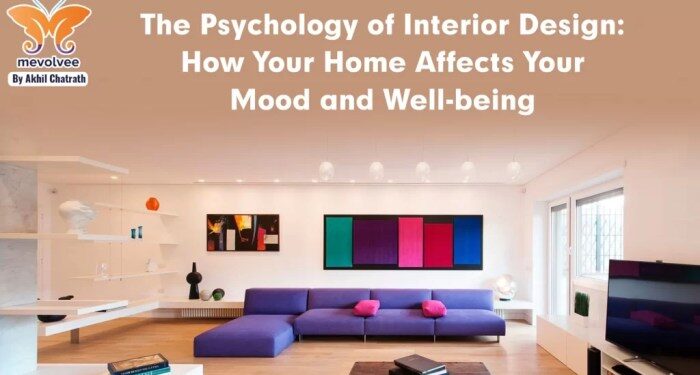Delving into the realm of interior design and mental well-being sheds light on how our surroundings impact our emotions and mindset. From the colors on the walls to the layout of furniture, every aspect plays a role in shaping our mental health.
Let's take a journey through the intricate relationship between interior design and well-being.
As we unravel the effects of color, lighting, and spatial layout on mental well-being, a deeper understanding emerges of how these elements can either uplift or dampen our spirits within the spaces we inhabit.
The Impact of Interior Design on Mental Well-being
Interior design plays a significant role in influencing our mental well-being by creating spaces that can either promote relaxation or contribute to stress. Elements such as color, lighting, and layout can all have a profound impact on our mood and overall mental health.
Color Psychology
Color has the power to evoke various emotions and feelings. For example, warm colors like red and orange can create a sense of energy and excitement, while cool colors like blue and green are known for their calming effects. By carefully selecting the color palette in a space, interior designers can help create environments that promote positive mental states.
Lighting and Mood
The type and amount of lighting in a room can greatly influence our mood and well-being. Natural light is essential for promoting feelings of happiness and well-being, while harsh artificial lighting can lead to feelings of stress and fatigue. By incorporating natural light sources and adjustable lighting options, interior designers can create spaces that cater to individuals' emotional needs.
Layout and Flow
The layout of a space can impact how we move and interact within it, which in turn affects our mental state. Cluttered or cramped spaces can lead to feelings of anxiety and unease, while well-organized and open layouts can promote a sense of calm and relaxation.
By designing spaces with flow and functionality in mind, interior designers can help create environments that support mental well-being.
Color Psychology in Interior Design
Color psychology plays a crucial role in interior design, as different colors can evoke various emotions and psychological responses. Understanding how colors impact mental well-being can help create spaces that promote positivity and overall wellness.
Warm Colors vs. Cool Colors
Warm colors like red, orange, and yellow are often associated with energy, warmth, and excitement. These colors can stimulate the mind and create a sense of vitality in a space. On the other hand, cool colors such as blue, green, and purple are known for their calming and soothing effects.
They can help reduce stress and promote relaxation.
- Examples of warm color schemes that energize a space include red accents in a living room or orange hues in a dining area.
- Cool color schemes like soft blues in a bedroom or greens in a home office can create a serene and peaceful atmosphere.
Lighting Design and Mental Health

Natural light plays a crucial role in improving mood and productivity in interior spaces. Exposure to natural light has been linked to increased serotonin levels, which can help reduce stress and anxiety. It also helps regulate our circadian rhythms, leading to better sleep patterns and overall well-being.
Significance of Natural Light
- Opt for open floor plans and large windows to maximize natural light.
- Place workstations near windows to increase productivity and mood.
- Consider using light-filtering curtains or blinds to control the amount of natural light entering the space.
Role of Artificial Lighting
Artificial lighting is essential for creating ambiance and supplementing natural light in interior spaces. Different types of artificial lighting, such as task lighting, ambient lighting, and accent lighting, can be used to enhance the mood and functionality of a space.
However, excessive artificial lighting, especially blue light from screens, can disrupt circadian rhythms and affect sleep patterns.
Tips for Optimizing Lighting
- Use warm-toned light bulbs for a cozy and inviting atmosphere.
- Adjust lighting levels based on the function of the space – brighter lights for task-oriented areas and softer lights for relaxation zones.
- Install dimmer switches to have control over the intensity of light in different areas.
Spatial Layout and Psychological Comfort

When it comes to interior design, the spatial layout plays a crucial role in determining the psychological comfort of a space. The arrangement of furniture and decor can greatly impact feelings of spaciousness and comfort, influencing our overall well-being.
The Concept of Flow in Design
In interior design, the concept of flow refers to the way elements are arranged to create a sense of harmony and unity within a space. When a space has good flow, it can contribute to a sense of calm and relaxation, ultimately improving our psychological well-being.
By ensuring that furniture and decor are placed in a way that allows for easy movement and connection between different areas, designers can enhance the flow of a space and promote a positive mental state.
Importance of Decluttering and Organizing Spaces
Decluttering and organizing spaces is essential for maintaining a clear mind and reducing anxiety. A cluttered environment can lead to feelings of overwhelm and stress, making it difficult to relax and focus. By decluttering and organizing our spaces, we create a sense of order and control that can have a positive impact on our mental well-being.
Removing unnecessary items, organizing belongings, and creating designated storage areas can help create a more peaceful and harmonious environment, promoting a sense of calmness and clarity.
Closing Summary
In conclusion, the intricate dance between interior design and mental well-being reveals the profound impact our surroundings have on our emotional state. By crafting spaces that nurture relaxation and tranquility, we pave the way for a more harmonious relationship between our minds and our environments.
Questions Often Asked
How can the choice of color in interior design influence mental well-being?
Colors like blue and green are known to promote calmness and relaxation, while brighter hues like red and orange can energize and uplift mood. It's essential to choose colors based on the desired emotional response for a particular space.
What role does natural light play in enhancing mental well-being?
Natural light has a significant impact on mood and productivity, as it helps regulate the body's circadian rhythms and promote feelings of positivity. Incorporating ample natural light in interior spaces can greatly improve mental well-being.
How does spatial layout contribute to psychological comfort?
The arrangement of furniture and decor influences the perception of spaciousness and comfort within a space. By incorporating principles of flow and decluttering effectively, one can create an environment that fosters mental clarity and reduces anxiety.




